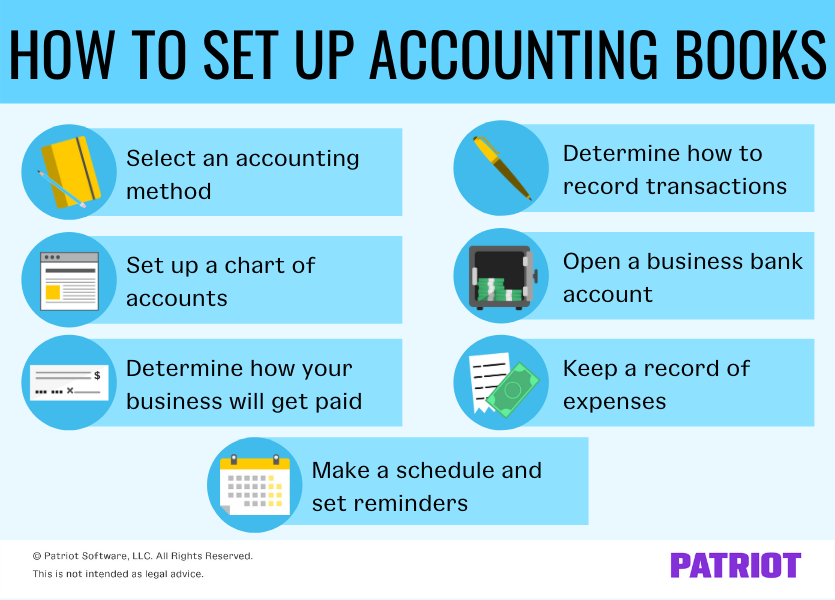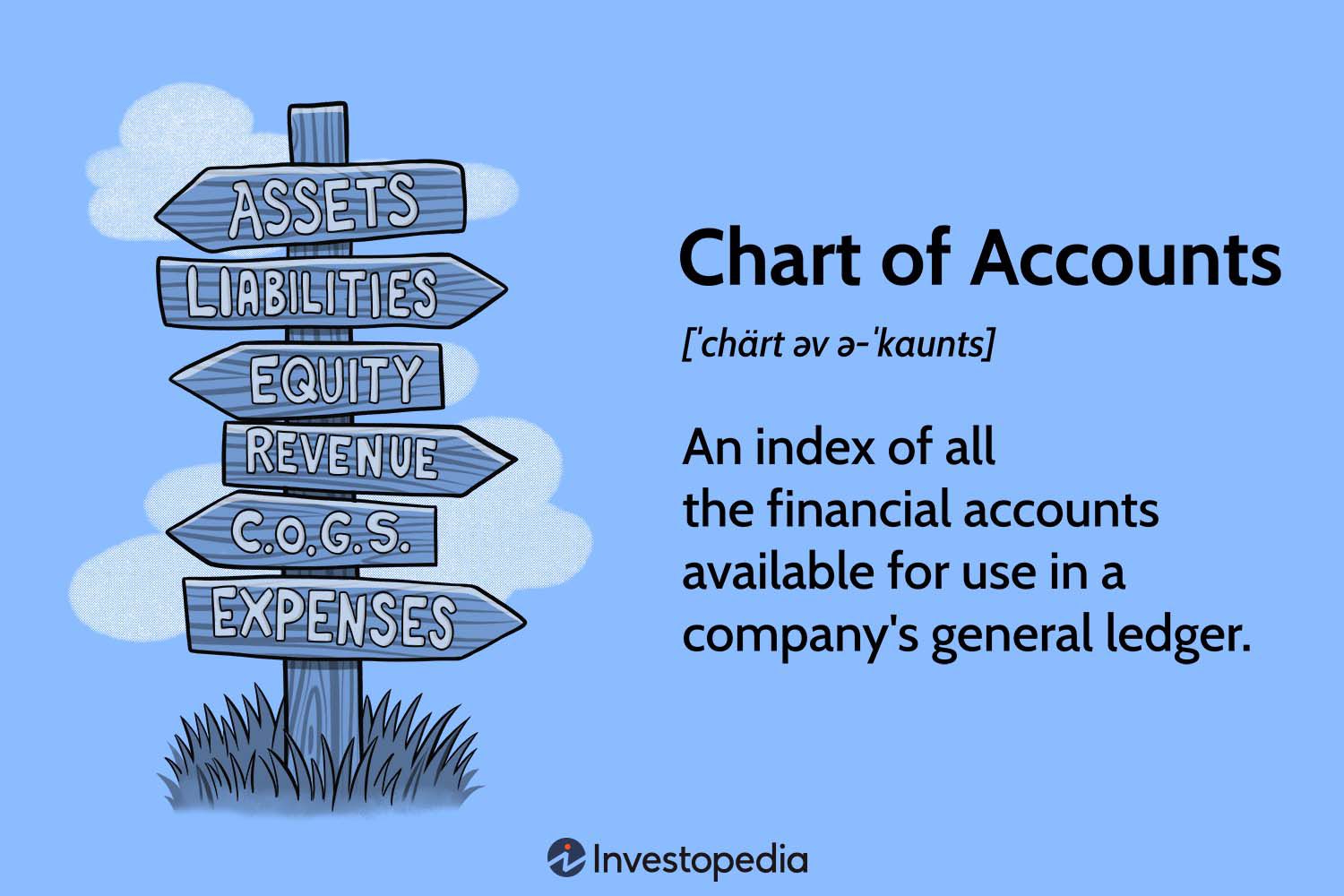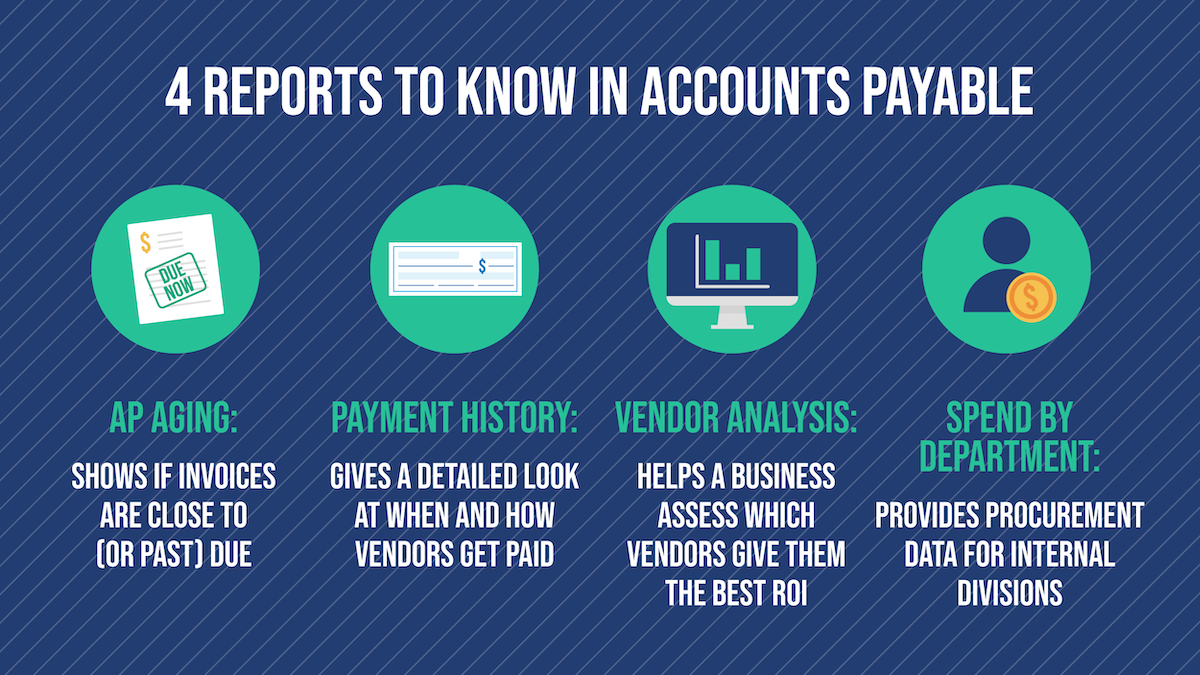Introduction
Running a successful business involves managing various financial aspects, and one of the key elements is organizing business accounts. Properly organizing accounts is crucial for maintaining financial stability, making informed decisions, and complying with tax regulations. In this article, we will delve into the essential steps and best practices for effectively organizing business accounts. How do you organize business accounts?
Understanding Business Accounts
Before we dive into the organization process, it’s essential to understand the types of business accounts commonly used:
1. Income Statement Accounts
Income statement accounts represent revenues, expenses, gains, and losses. These accounts provide insights into a company’s profitability over a specific period. Revenues and gains increase the net income, while expenses and losses decrease it.
2. Balance Sheet Accounts
Balance sheet accounts represent a company’s assets, liabilities, and equity. Assets include cash, inventory, and property. Liabilities consist of debts and obligations. Equity reflects the owner’s stake in the business.
3. Cash Flow Statement Accounts
Cash flow statement accounts track the movement of cash in and out of the business. It shows how operating, investing, and financing activities impact the company’s cash position.
Steps to Organize Business Accounts
Now that we have a clear understanding of the types of business accounts let’s explore the step-by-step process of organizing them:

Step 1: Set Up a Chart of Accounts
A chart of accounts is a comprehensive list of all the accounts your business uses to record financial transactions. It serves as a framework for organizing and categorizing financial data. Your chart of accounts should be tailored to your business’s specific needs and industry.
Group similar accounts together under appropriate categories. For example, all cash-related accounts should be grouped, all inventory-related accounts should be grouped, and so on. This will facilitate easy access to financial information when needed.
Step 2: Choose Accounting Software
Using accounting software can streamline the process of organizing business accounts. It automates data entry, generates reports, and offers real-time insights into your financial health.
When choosing accounting software, consider factors such as the size of your business, budget, required features (e.g., invoicing, payroll, tax reporting), and user-friendliness. Popular accounting software options include QuickBooks, Xero, and FreshBooks.
Step 3: Maintain Separate Business and Personal Accounts
One common mistake among small business owners is intermingling personal and business finances. To maintain financial clarity and ease of organization, open separate bank accounts for your business. This will help you accurately track business transactions and avoid confusion during tax season.
Step 4: Implement a Regular Bookkeeping Schedule
Consistency is key to organizing business accounts effectively. Set up a regular bookkeeping schedule to record financial transactions promptly. Depending on the volume of your business transactions, you may need to update your books weekly, bi-weekly, or monthly.

Step 5: Reconcile Accounts Regularly
Reconciliation involves comparing your financial records (e.g., bank statements, credit card statements) with your accounting software to ensure they match. Regular reconciliation helps identify discrepancies, fraudulent activities, and errors in recording transactions. For help with setting up business finances see here.
Step 6: Track Accounts Receivable and Payable
Keeping a close eye on your accounts receivable and payable is crucial for maintaining healthy cash flow. Accounts receivable represent the money owed to your business by customers, while accounts payable represent the money your business owes to suppliers and vendors.
Set up clear invoicing and payment policies to encourage timely payments from customers, and negotiate favorable payment terms with suppliers to manage your cash flow effectively.
Step 7: Prepare Financial Statements
Regularly generate financial statements, including income statements, balance sheets, and cash flow statements. These statements provide a snapshot of your business’s financial health and performance. Analyzing these statements can help you make informed decisions and plan for the future.
Step 8: Back up Your Financial Data
Data loss can be catastrophic for any business, so it’s essential to back up your financial data regularly. Use secure cloud storage or external hard drives to ensure your financial information is safe and easily recoverable in case of any technical issues or disasters.
Best Practices for Organizing Business Accounts
To further enhance the organization of your business accounts, consider implementing the following best practices:
1. Train Your Accounting Team
If you have a team responsible for managing your business accounts, ensure they receive proper training on accounting principles, your chosen accounting software, and your specific chart of accounts. A well-trained team will maintain consistency and accuracy in financial record-keeping.
2. Monitor and Review Financial Reports
Regularly monitor and review your financial reports to identify trends, spot potential issues, and make informed decisions. Analyze key performance indicators (KPIs) relevant to your industry to measure your business’s success and growth.
3. Seek Professional Advice
Don’t hesitate to seek advice from a qualified accountant or financial advisor. They can provide valuable insights, help you optimize your financial processes, and ensure compliance with tax regulations.
4. Perform Annual Audits
Conducting annual audits, whether internal or external, can help identify weaknesses in your accounting processes and ensure accurate financial reporting. Audits provide an opportunity to address any discrepancies and improve financial controls.
Conclusion
Organizing business accounts is a fundamental aspect of financial management. By setting up a clear chart of accounts, leveraging accounting software, and maintaining separate accounts for business and personal finances, you can establish a strong foundation for your financial organization. Regular bookkeeping, reconciliation, and financial reporting are essential for keeping your business financially healthy and making informed decisions. Implementing best practices and seeking professional advice will further enhance your business’s financial organization and set you on the path to long-term success. How do you organize business accounts?

